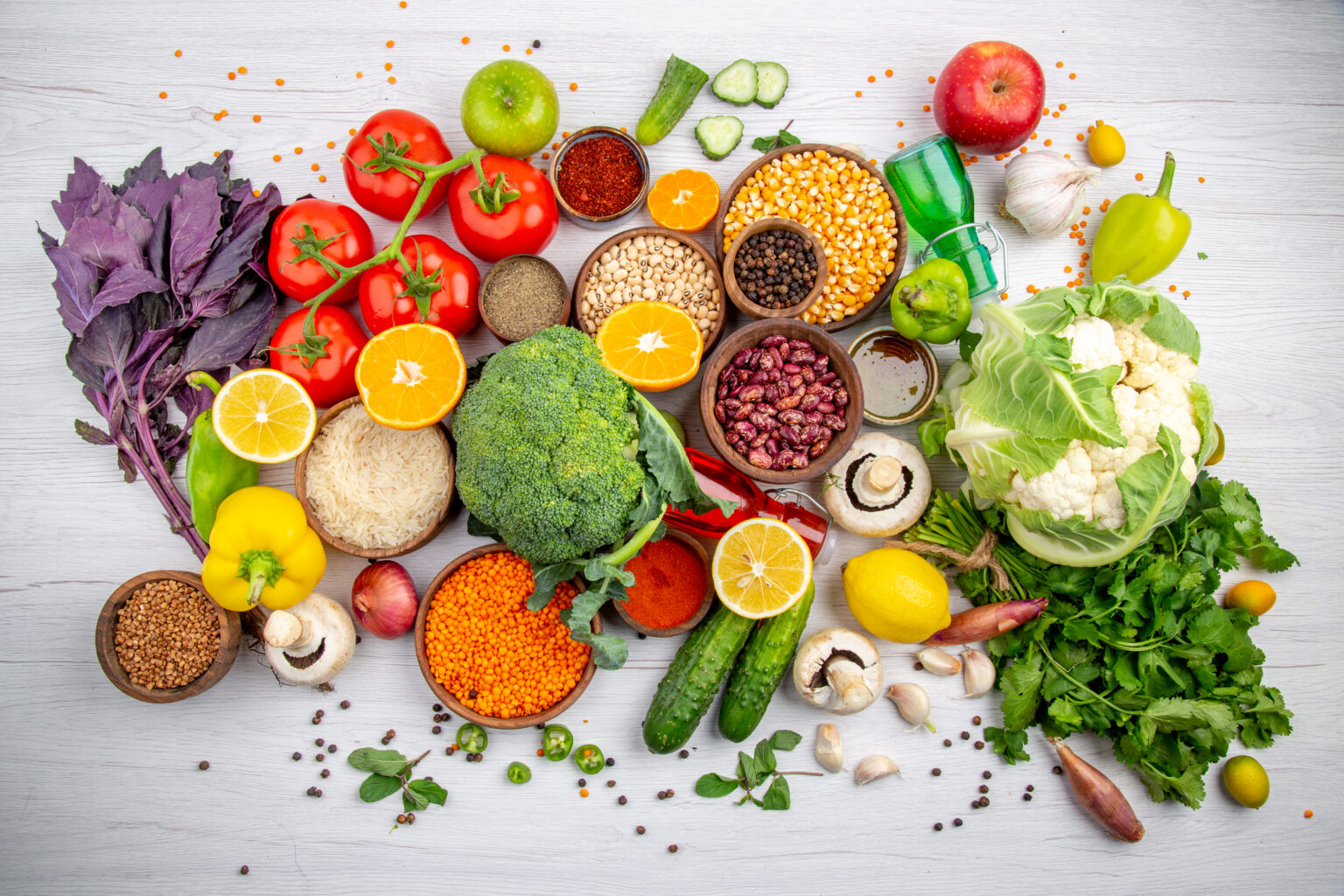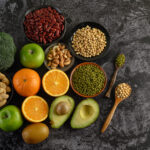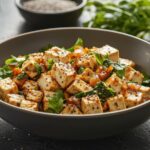South African cuisine is a rich tapestry of flavours, influenced by a diverse range of cultures and culinary traditions. From traditional dishes like bobotie and boerewors to vibrant street food like bunny chows and samoosas, South Africa boasts a vibrant culinary scene that reflects its multicultural heritage. In recent years, there has been a growing global interest in superfoods—nutrient-dense foods that offer exceptional health benefits. The fusion of South African cuisine with these superfoods presents a fantastic opportunity to create delicious, nutritious, and culturally diverse dishes. So let’s explore how we can incorporate superfoods into South African cuisine, adding a healthy twist to our beloved traditional recipes.
- Rooibos Tea: A Powerhouse of Antioxidants Rooibos tea, indigenous to South Africa, is a superfood in its own right. Packed with antioxidants and rich in minerals, rooibos tea can be enjoyed on its own or used as a base for marinades, sauces, and dressings. Its earthy, naturally sweet flavour complements both savoury and sweet dishes, making it a versatile ingredient to incorporate into South African cuisine.
- Baobab: A Nutrient-Rich Fruit The mighty baobab tree, known as the “tree of life,” produces a fruit with remarkable nutritional value. Baobab powder, derived from the fruit’s pulp, is an excellent source of vitamin C, antioxidants, and minerals. It adds a tangy, citrusy flavour to dishes and can be sprinkled onto salads, blended into smoothies, or used as a natural thickener in stews and soups.
- Moringa: The Miracle Tree Moringa, often referred to as the “miracle tree,” is gaining popularity as a superfood worldwide. Its leaves are rich in vitamins, minerals, and antioxidants. In South African cuisine, moringa leaves can be added to soups, stews, and curries, enhancing both the nutritional value and the flavour profile of the dish.
- Amaranth: A Protein-Packed Grain Amaranth, an ancient grain native to the Americas, has found its way into South African cuisine as a nutritious addition. This gluten-free grain is packed with protein, fiber, and essential amino acids. It can be used as a substitute for rice or couscous, added to stews, or used as a base for hearty salads.
- Chia Seeds: A Tiny Nutritional Powerhouse Chia seeds have become increasingly popular due to their impressive nutritional profile. These tiny seeds are rich in omega-3 fatty acids, fiber, and antioxidants. In South African cuisine, chia seeds can be incorporated into breakfast porridges, baked goods, and even used as a thickening agent for sauces and jams.
- Kale: A Leafy Green Superstar Kale, known for its high nutrient content and health benefits, can easily be incorporated into South African dishes. From traditional potjiekos to braai (barbecue) sides, kale can be sautéed, roasted, or added raw to salads, providing a nutritional boost and adding vibrant colour to the plate.
- Buchu: A Traditional Medicinal Herb Buchu, an indigenous South African herb, has been used for centuries for its medicinal properties. It has a unique flavour profile, reminiscent of blackcurrant and mint. In modern South African cuisine, buchu can be infused into oils, vinegar, or used as a flavouring in sauces and dressings, adding a distinctive local touch to dishes.
Incorporating these superfoods into traditional South African cuisine not only enhances the nutritional value of the dishes but also celebrates the rich biodiversity of the country. By exploring and experimenting with these ingredients, chefs and home cooks can create flavourful, wholesome meals that nourish both body and soul.
South African cuisine has always been about embracing diversity, and the incorporation of superfoods allows us to further enrich our culinary heritage. Let’s embrace the vibrant flavours, colours, and health benefits of superfoods in South African cuisine, ensuring that our traditional dishes continue to evolve and inspire future generations of food enthusiasts.








